6. Frequently Asked Questions
▶>
A pinion gear is a small cogwheel that engages with a larger gear or rack to transfer rotational motion or convert rotational motion into linear motion. In many systems, such as automotive differentials, the pinion gear transfers the rotational force from the driveshaft to the ring gear, allowing the wheels to turn.
>
Pinion gears are widely used in automotive steering systems, differential gearboxes, and rack-and-pinion setups to control motion. They also appear in industrial machines, robotics, and various transmission systems where precise motion control is essential.
>
Pinion gears are typically manufactured from hardened steel, alloy steel, or cast iron to withstand high torque and wear. In some applications, such as lightweight or high-speed systems, materials like aluminum or advanced composites may be used to reduce weight without compromising strength.
>
Pinion gears require regular lubrication to minimize wear and ensure smooth operation. For automotive and industrial applications, periodic checks and lubrication are recommended every 6,000 to 12,000 miles or after prolonged heavy use. Maintenance intervals vary based on operating conditions and the manufacturer's specifications.
>
Signs of a failing pinion gear include grinding noises during operation, difficulty steering or engaging gears, vibrations, and reduced efficiency in motion transmission. In severe cases, a failing pinion gear can result in complete loss of motion or drivetrain failure.
>
While minor damage to a pinion gear may sometimes be repaired, such as smoothing out small burrs or surface imperfections, significant wear or damage usually necessitates replacement. Precision and integrity are crucial for the proper functioning of gears, and compromised gears often need to be replaced for optimal performance.
>
The lifespan of a pinion gear is influenced by factors such as material quality, lubrication, operating load, temperature conditions, and exposure to contaminants. Regular maintenance, proper lubrication, and choosing the right material for the application all contribute to extending the gear's service life.
>
In some applications, alternatives such as worm gears, helical gears, or belt-driven systems may be used instead of pinion gears, depending on the system's design requirements, torque needs, and precision. These alternatives can offer different advantages in terms of load handling and noise reduction.


